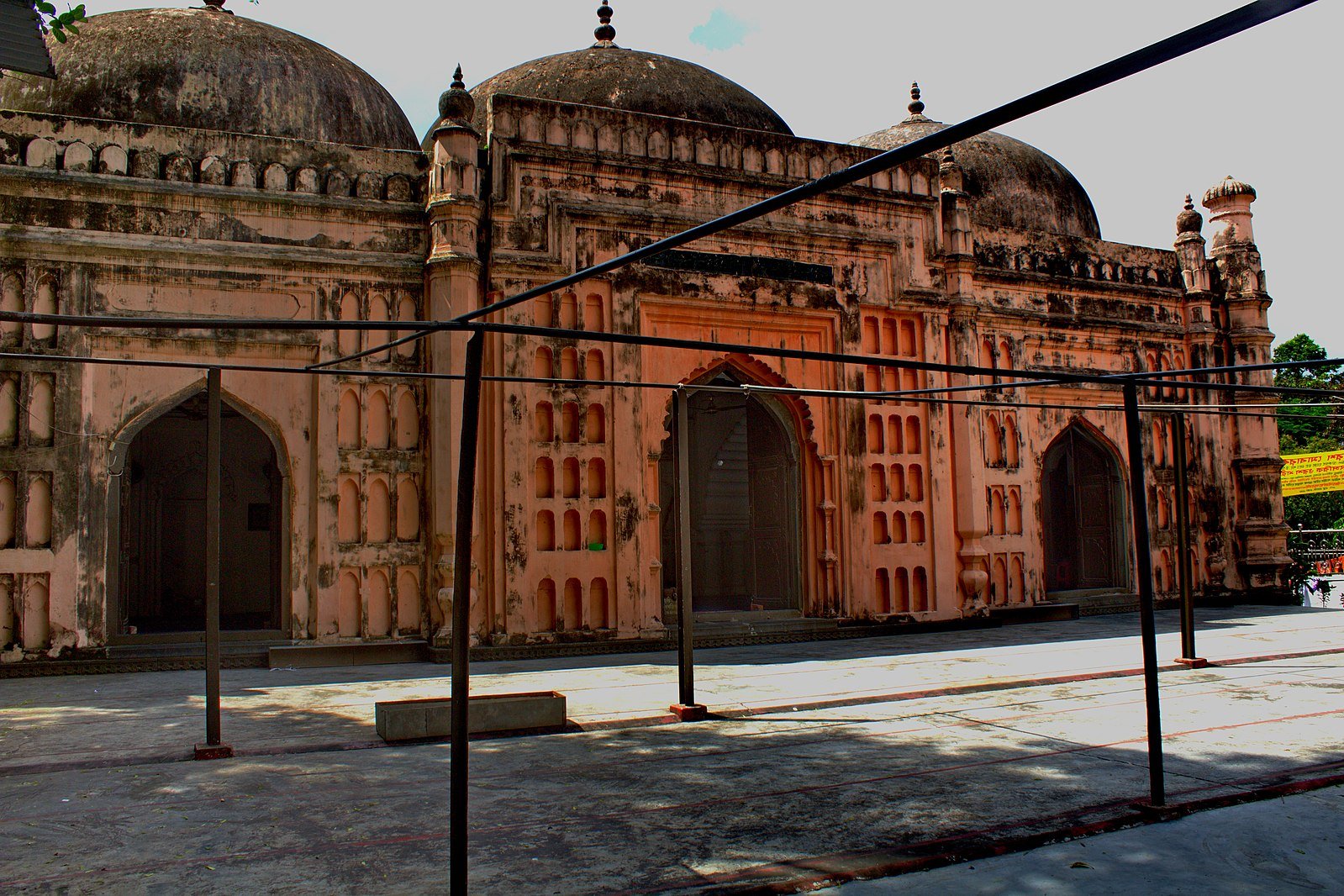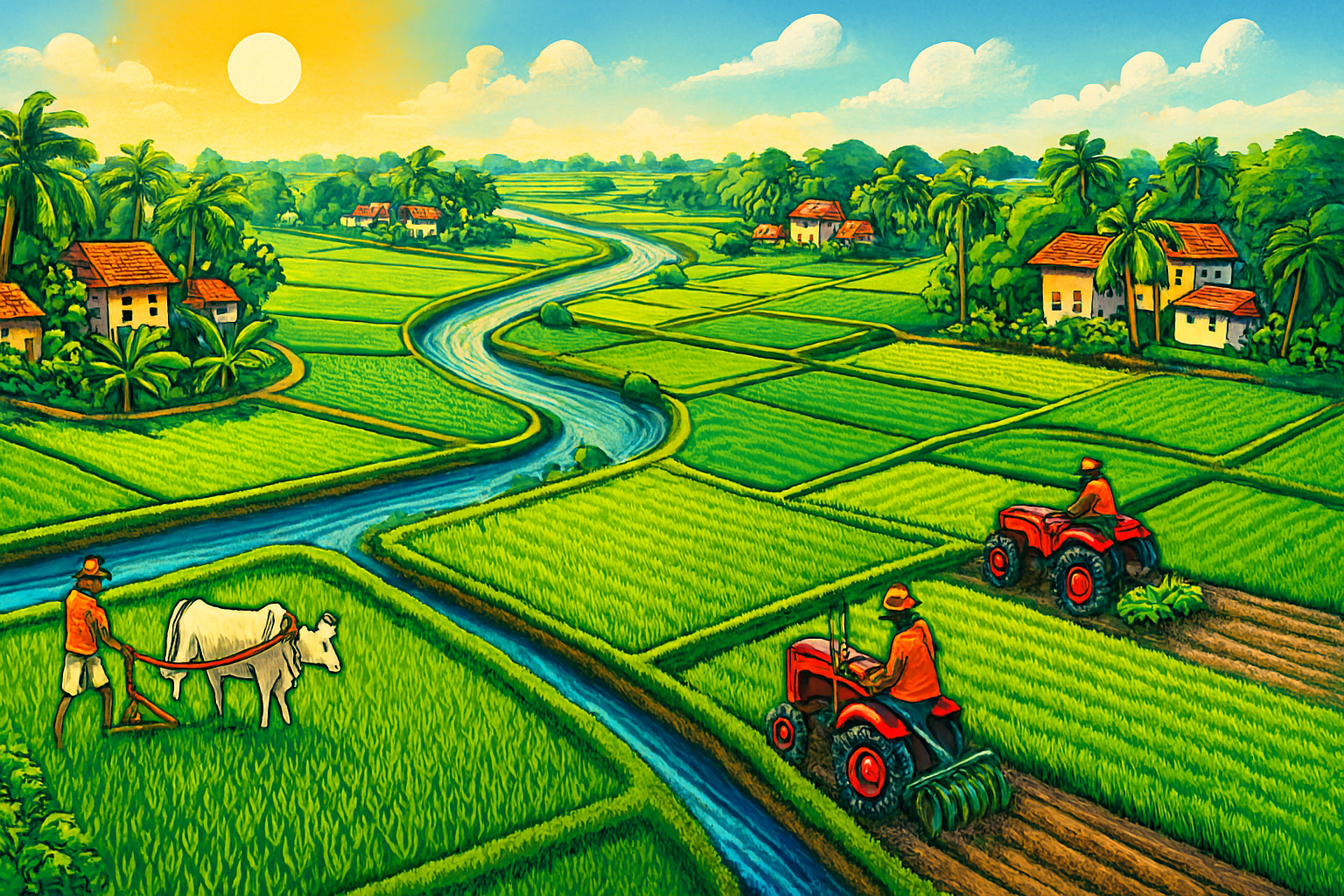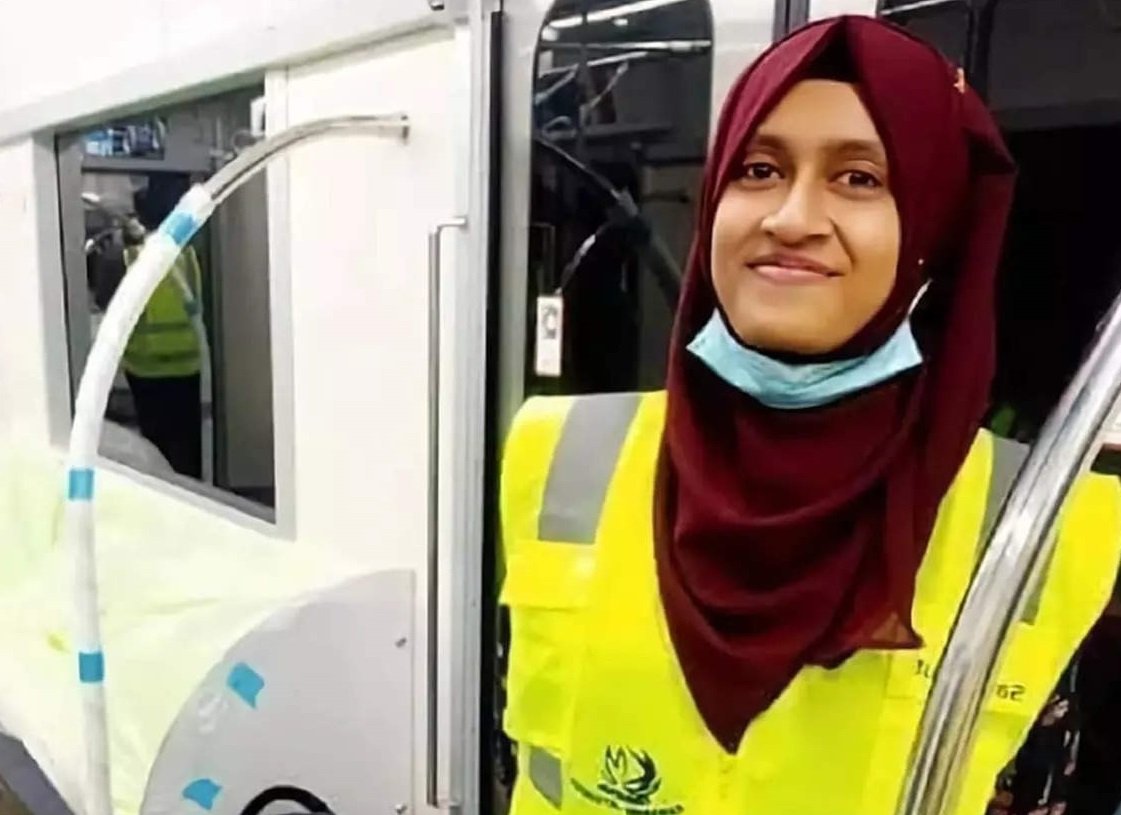Climate Resilience in Bangladesh and a New Narrative
The story of climate resilience in Bangladesh is not one of despair but of determination. For decades, Bangladesh has been labeled a climate victim, facing cyclones, floods, and rising seas. Yet beneath that narrative lies a quieter, more powerful truth — the people of Bangladesh are innovators, building survival strategies from the ground up.
According to the Global Climate Risk Index 2024, Bangladesh ranks among the top ten countries most affected by climate change. Still, it is also recognized by the United Nations Development Programme (UNDP) as a global leader in climate adaptation. While the world debates emissions and policies, rural Bangladeshis are already creating solutions — floating farms, solar-powered irrigation, and digital weather alerts — that transform their vulnerability into strength.
As the World Bank notes, over 80 percent of Bangladesh’s population is at risk from climate impacts. But from Barisal’s floating gardens to Kurigram’s solar irrigation fields, people are rewriting the script, showing how local knowledge and simple technology can save livelihoods. (World Bank Climate Data)
The Climate Challenge: A Nation on the Frontline
The climate resilience in Bangladesh story begins with geography. The country sits at the confluence of the Ganges, Brahmaputra, and Meghna rivers, forming one of the world’s largest deltas. More than 70 percent of its land is less than 10 meters above sea level. That makes it extremely vulnerable to floods, salinity intrusion, and storms.
In 2023 alone, 2.2 million Bangladeshis were displaced due to climate-related disasters, according to the International Organization for Migration (IOM). Salinity now affects over 20 percent of arable land in coastal areas like Satkhira and Khulna, while erratic rainfall reduces crop yields in the north.
Despite these challenges, Bangladesh has become a global model for adaptation. Through community-based programs, government-led resilience plans, and innovative grassroots projects, the country has proven that resilience is not about wealth but willpower. (UNDP Bangladesh)
Floating Gardens: Farming on Water to Beat the Floods
In the southern wetlands of Gopalganj and Barisal, where seasonal floods once made farming impossible, locals have revived an ancient method known as “Baira cultivation” — or floating gardens. These hydroponic-style farms are built on layers of water hyacinth and straw that float on floodwaters.
Each platform can sustain vegetables like gourd, okra, and spinach for months, even during monsoon season. Studies by the Bangladesh Agricultural Research Institute (BARI) show that one floating bed of about 20 square meters can yield up to 100 kilograms of vegetables per season.
What began as a traditional survival method is now recognized globally as a climate-smart agricultural practice. The FAO listed it as part of its “Globally Important Agricultural Heritage Systems,” highlighting Bangladesh’s innovation in climate adaptation. (FAO GIAHS)
Solar-Powered Irrigation: Farming Beyond the Grid
In drought-prone northern districts like Rajshahi and Dinajpur, where groundwater depletion threatens crops, solar irrigation is bringing light to farmlands. The Infrastructure Development Company Limited (IDCOL) has installed more than 2,500 solar-powered irrigation pumps, saving around 25,000 tons of carbon emissions per year.
Farmers using solar pumps report reduced costs and higher yields. A 2024 World Bank report found that solar irrigation lowers water expenses by 35 percent and increases productivity by up to 22 percent compared to diesel-powered systems.
This technology doesn’t just help the environment; it also empowers communities that once depended on expensive imported fuel. Solar irrigation is now part of the Government’s Renewable Energy Master Plan 2041, which targets 10 percent of national irrigation to come from solar power by 2030. (IDCOL Bangladesh)
Digital Forecasting: Mobile Alerts that Save Lives
In a country where every second counts during storms and floods, digital weather forecasting has become a game changer. The Bangladesh Meteorological Department (BMD) now sends real-time alerts to more than 7 million farmers through SMS and mobile apps like Krishi Batayon and AgroMet.
According to the ICT Division of Bangladesh, these alerts have reduced agricultural losses by 15 percent in flood-prone districts. Farmers now receive updates about rainfall, temperature, and pest threats directly on their phones.
These innovations have saved lives and protected crops. By combining local experience with modern technology, Bangladesh has created a model that could inspire other developing nations. (ICT Division Bangladesh)
Women and Youth Leading Local Adaptation
The strength of climate resilience in Bangladesh also lies in its people — especially women and youth. In coastal areas, women’s groups have taken charge of embankment repair projects and mangrove replanting.
For instance, in Satkhira, the Coastal Women Farmers Association rebuilt a two-kilometer embankment that protected 1,200 households from tidal flooding. Meanwhile, youth-led organizations like YouthNet for Climate Justice are mobilizing communities for tree planting and early disaster preparedness training.
Bangladesh’s climate fight is not led only by institutions but by its citizens. These local heroes represent a new generation of resilience.
Community-Driven Disaster Preparedness
Bangladesh’s approach to disaster preparedness is widely praised by the United Nations Office for Disaster Risk Reduction (UNDRR). The country’s Cyclone Preparedness Programme (CPP) now includes over 76,000 trained volunteers, many of them from rural villages.
These volunteers use megaphones, motorcycles, and mobile networks to warn residents before a storm hits. As a result, cyclone-related deaths have dropped dramatically — from 500,000 in 1970’s Cyclone Bhola to fewer than 50 in recent cyclones like Sitrang in 2022.
This success shows how community engagement and awareness can turn vulnerability into safety.
Connecting Local Innovation to Global Climate Goals
The climate resilience in Bangladesh movement aligns closely with global climate efforts such as the UN Sustainable Development Goals (SDG 13: Climate Action) and the Paris Agreement. At the COP28 summit, Bangladesh was cited as a key example of effective adaptation practices for developing countries.
Projects like floating gardens, solar irrigation, and weather alerts are now being studied in countries like Vietnam, the Philippines, and Kenya. The Green Climate Fund (GCF) has invested over $250 million in Bangladesh to scale up community resilience initiatives. (Green Climate Fund)
By sharing its solutions, Bangladesh is helping other nations prepare for a future shaped by climate extremes.
Innovation from the Ground Up: The New Climate Identity
Bangladesh’s climate story is no longer about fear; it’s about innovation. Farmers are turning waterlogged fields into gardens. Young engineers are powering irrigation through sunlight. Women are rebuilding their villages stronger than before.
Every story from rural Bangladesh adds to a new identity — a nation of problem solvers. As global temperatures rise, these communities prove that resilience is not built in boardrooms but on the ground, where life meets nature.
Their creativity is Bangladesh’s greatest climate asset, showing that adaptation is not just survival but progress.
A Call for Global Recognition and Support
The climate resilience in Bangladesh narrative deserves more global attention. While wealthier countries debate funding, Bangladeshi farmers, women, and youth are already demonstrating what practical climate action looks like.
If these local innovations receive global funding and technological support, Bangladesh could become a climate success story for the entire developing world. The time has come to recognize the people behind the resilience — those who fight not only for survival but for a sustainable future.








